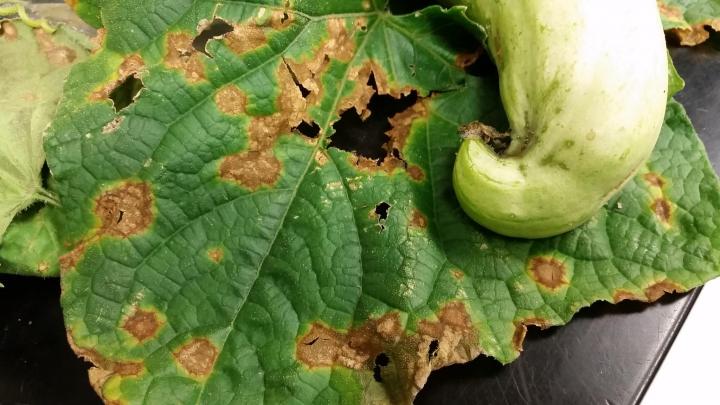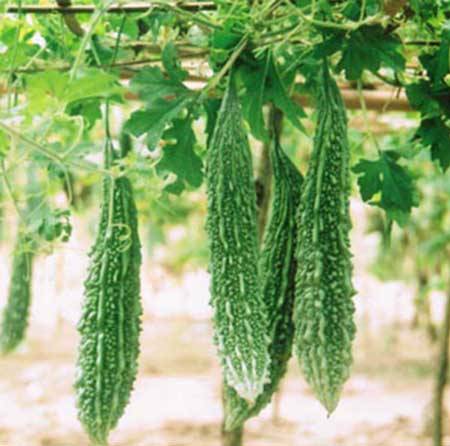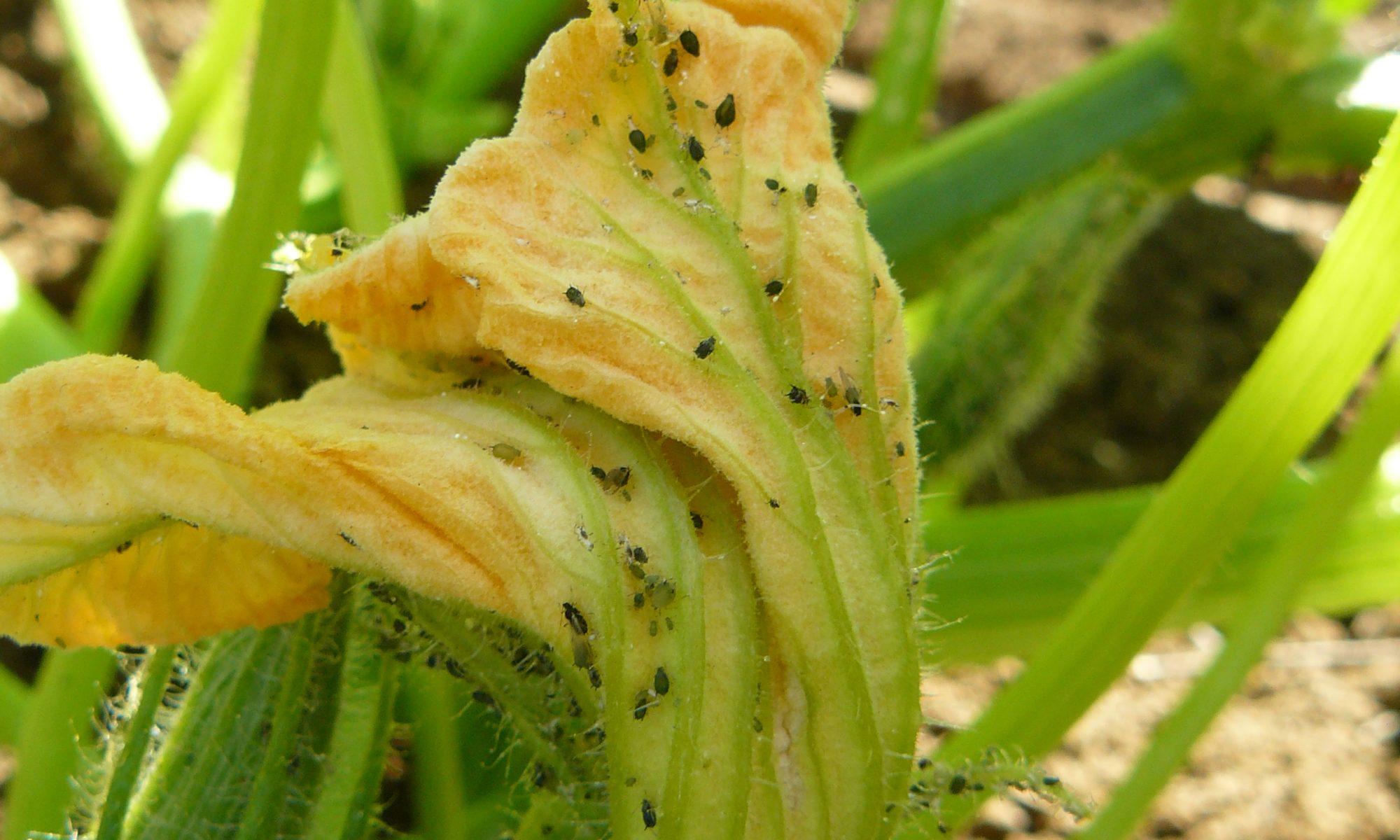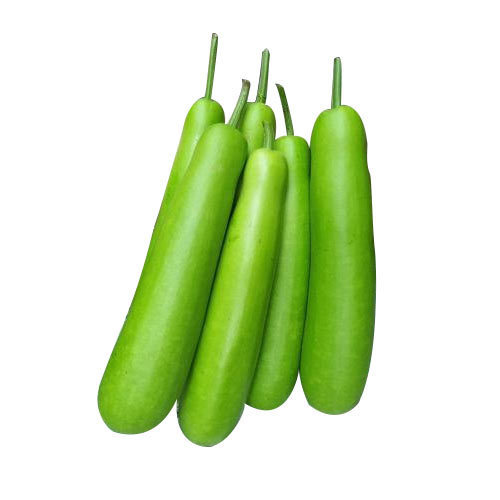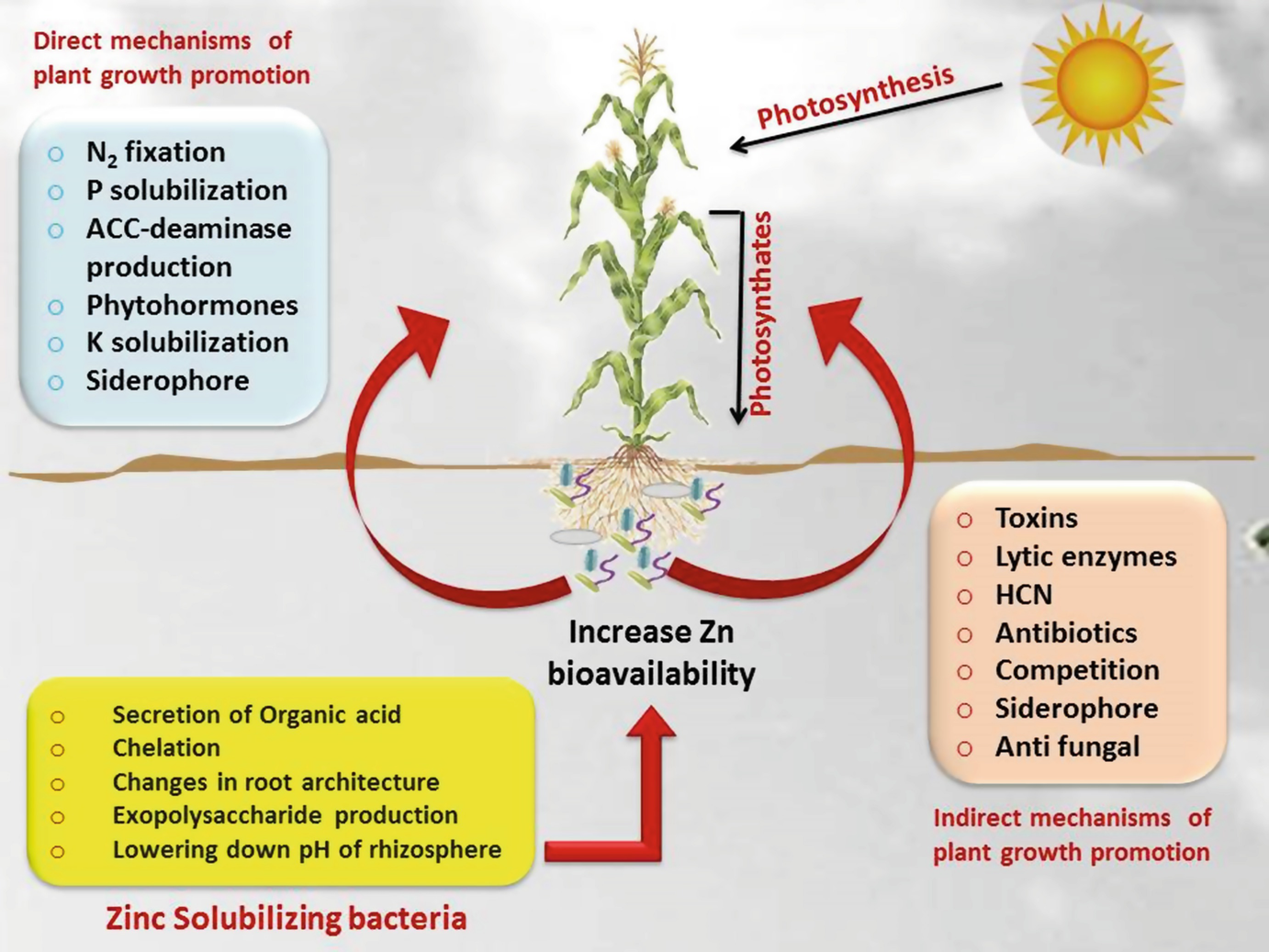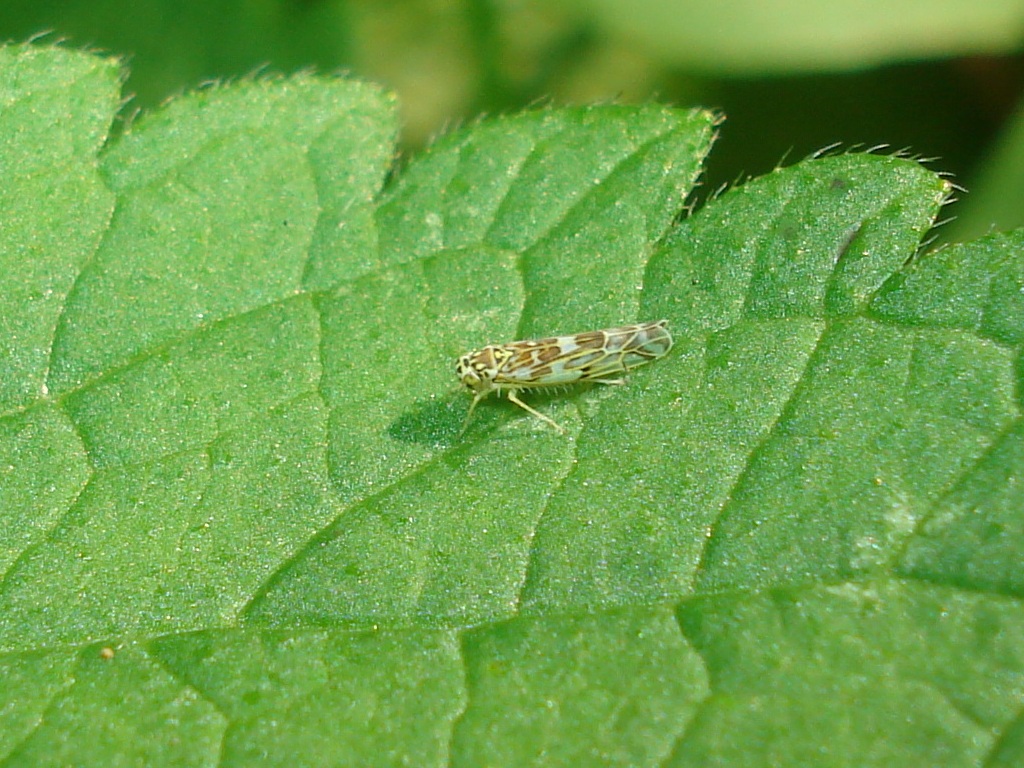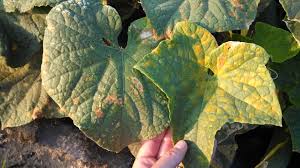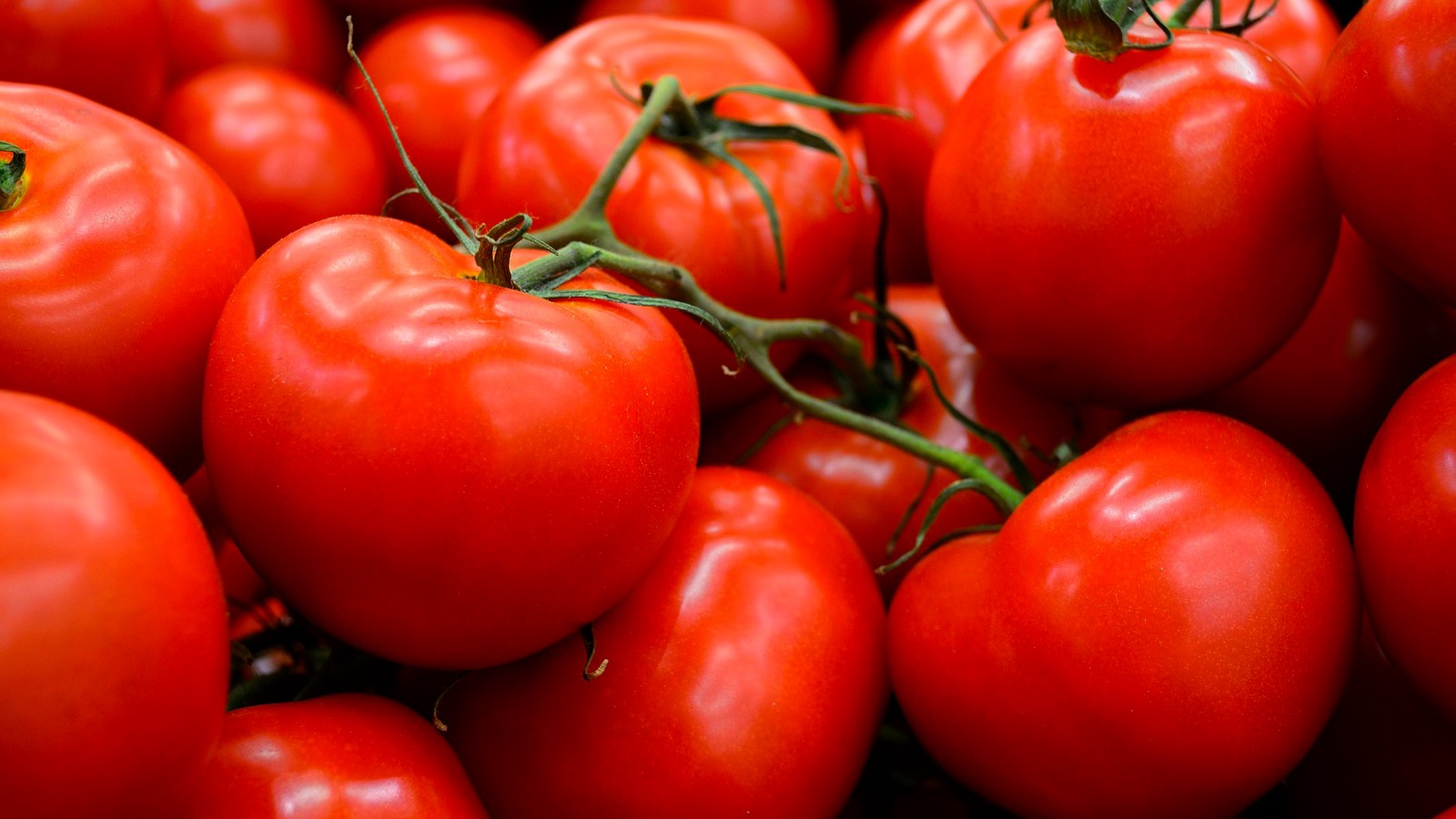- The use of fertilizer depends on soil fertility, climate and planting season.
- Apply well-rotted FYM / compost @ 6-8 t/acre at the time of land preparation and mix well with the soil.
- Use urea 30-40 kg, DAP 35-50 kg, and MOP 20-40 kg / acre.
- Before planting half urea and full dose of DAP and MOP should be used. Use other half urea during 15 Days after sowing and 30 days after sowing.
Like and share with other farmers by clicking on button below
Share

